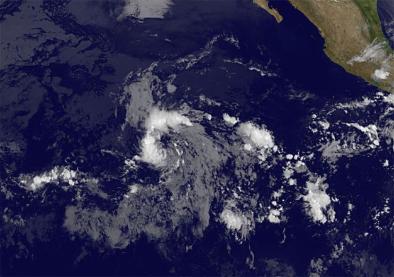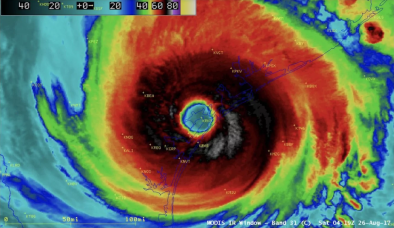This Map Shows How Many Tropical Storms and Hurricanes Have Struck Each State

The Southeast and Gulf coasts are typically the most vulnerable, but areas as far north as the Great Lakes and northern New England have also been impacted directly by a tropical storm or hurricane.
Using data from FEMA strategic planner Michael Lowry and the National Hurricane Center, the map above shows the number of tropical storms and hurricanes that have struck each state in records dating to 1851 in the Atlantic Basin and 1949 in the Eastern Pacific Basin. The center of a tropical storm or hurricane had to track directly over a state's geographic boundaries in order to be included in the tally.
Thirty-four of the 50 states have been struck by a tropical storm or hurricane at least once in historical records, with the Southeast and Gulf Coast experiencing the highest frequency of tropical cyclone centers tracking over the states in those regions.
"In some instances, especially the islands, storms moving nearby but not over (a state) weren't counted, so impacts in smaller states are likely higher than what's shown," Lowry told weather.com.
But one state clearly stands out on the map: Florida.
The Sunshine State has seen 229 tropical storms and hurricanes track directly over it since 1851, nearly double the second-most-impacted state of North Carolina with 118.
"Florida gets hit by more hurricanes and tropical storms than any other state because it has not only the longest coastline of any state in the Lower 48, but it also sticks out into the tropics like a sore thumb," said weather.com meteorologist Jonathan Belles.
The Sunshine State also has the longest tropical and wet seasons relative to many other states due to its location. Florida can get hit by storms moving both northeastward from the Gulf of Mexico and westward from the Atlantic Ocean, Belles added.
Related Content




